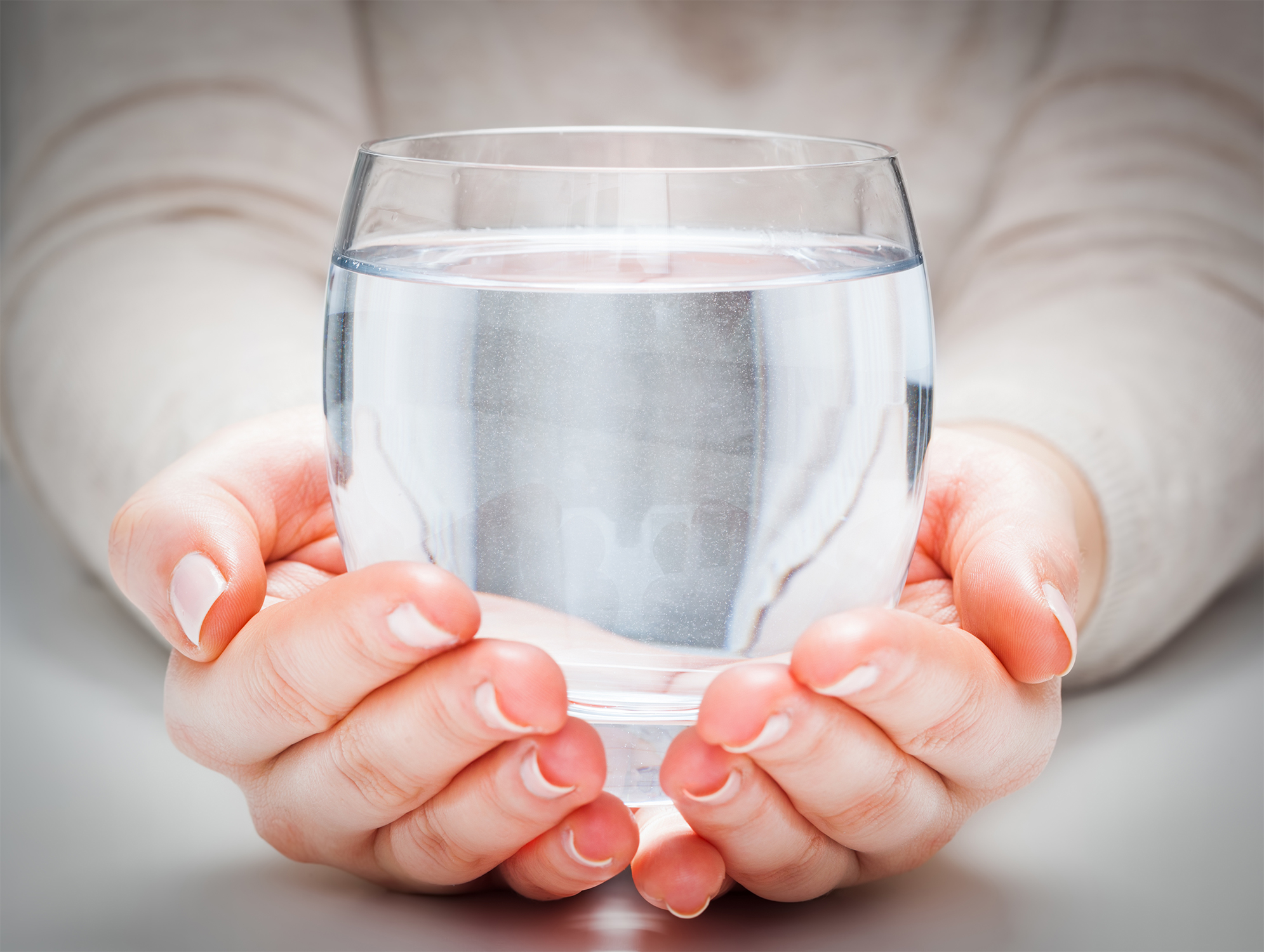Technology Solution
US EPA Recommends: Use water filters or
treatment devices:
Many water filters and water treatment devices are certified by independent organizations for effective lead reduction. Devices that are not designed to remove lead will not work. Verify the claims of manufacturers by checking with independent certifying organizations that provide lists of treatment devices they have certified:
Lead In Drinking Water
Is There Lead In My Drinking Water?
Is there lead in my drinking water? Lead can be harmful to your health, but just how harmful depends on how much lead gets into your body, your health, and where the lead becomes stored in your body. This website provides information about lead in drinking water. If you are looking to get lead, metal, and corrosive water testing done on your drinking water - send your information to HD Water (please include the source of your water and any specific concerns).
Like nitrate, it is difficult to understand why lead in drinking water is a potential health hazard or even a concern. Most people believe that there water comes from pure sources without any contamination or that the water has been treated, so there is not a problem. This is not the cause for lead. The primary source for lead in most drinking water sources is the piping used within a distribution system or the household pluming. Other routes of lead exposure include: lead paint used in homes prior to 1978, dust or soil containing lead, food grown in contaminated soil or stored in poorly glazed pottery, and more.
Lead The Concern:
Lead is a toxic metal that is harmful to human health; there is NO safe level for lead exposure. The degree of exposure depends on the concentration of lead, route of exposure
(air, water, food), current medical condition, and age. It has been estimated that up to 20 % of the total lead exposure in children can be attributed to a waterborne route, i.e., consuming contaminated water. In addition, infants, fetuses, and young children are particularly vulnerable to lead poisoning. This is because they usually consume more water and their bodies are actively developing, which facilitates the bioaccumulation of lead.





